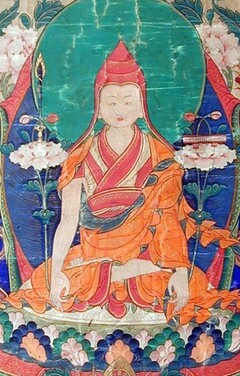Nyingtik Yabzhi Project
English | Français | Português | བོད་ཡིག
This project aims to translate key texts from the crucially important collection of Dzogchen material known as the Nyingtik Yabzhi (snying thig ya bzhi), or Fourfold Heart-Essence – Vima Nyingtik, Lama Yangtik, Khandro Nyingtik, Khandro Yangtik and Zabmo Yangtik.
The thirteen-volume edition of the collection includes two volumes for the Lama Yangtik, four for the Vima Nyingtik, three for the Khandro Yangtik, two for the Khandro Nyingtik, and two for the Zabmo Yangtik. This represents a total of more than 380 individual texts, covering almost every genre of Tibetan literature from history and biography through to poetic songs and ritual manuals.
Dezhung Rinpoche (with assistance from Dilgo Khyentse Rinpoche) wrote a useful overview of the collection (and the Longchen Nyingtik) in the early 1960s in reply to a question from E. Gene Smith.
Few texts from this collection have been translated into English to date. Some have appeared in books, but there has been no systematic attempt to translate the whole collection, despite its centrality to the Dzogchen lineage.
The project, which began in September 2023, is funded by the Tsadra Foundation and has Alak Zenkar Rinpoche as its senior advisor.
The initial focus is on the Lama Yangtik section.
Sources
Multiple editions of the Nyingtik Yabzhi are available. This project will rely primarily on the thirteen-volume edition reproduced from the Adzom Drukpa Chögar blocks by Lama Gyurme Drakpa (whose biography is available on The Treasury of Lives), but will also consult other editions, especially the relevant volumes from the Paltsek edition of the writings of Longchen Rabjam published in 2009.
Highlights
The texts published so far as part of the initiative include:

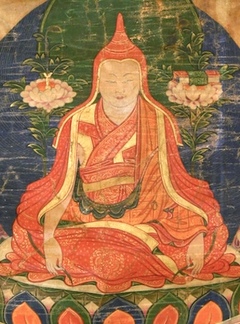
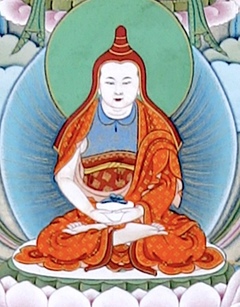
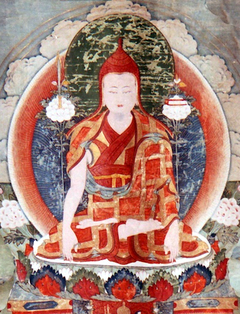
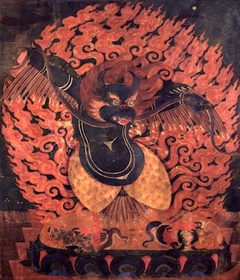
Support the Project
This project, which focuses on select highlights from the Nyingtik Yabzhi, is being funded by the Tsadra Foundation. Any additional donations will be used to commission translations of further texts from the collection.
